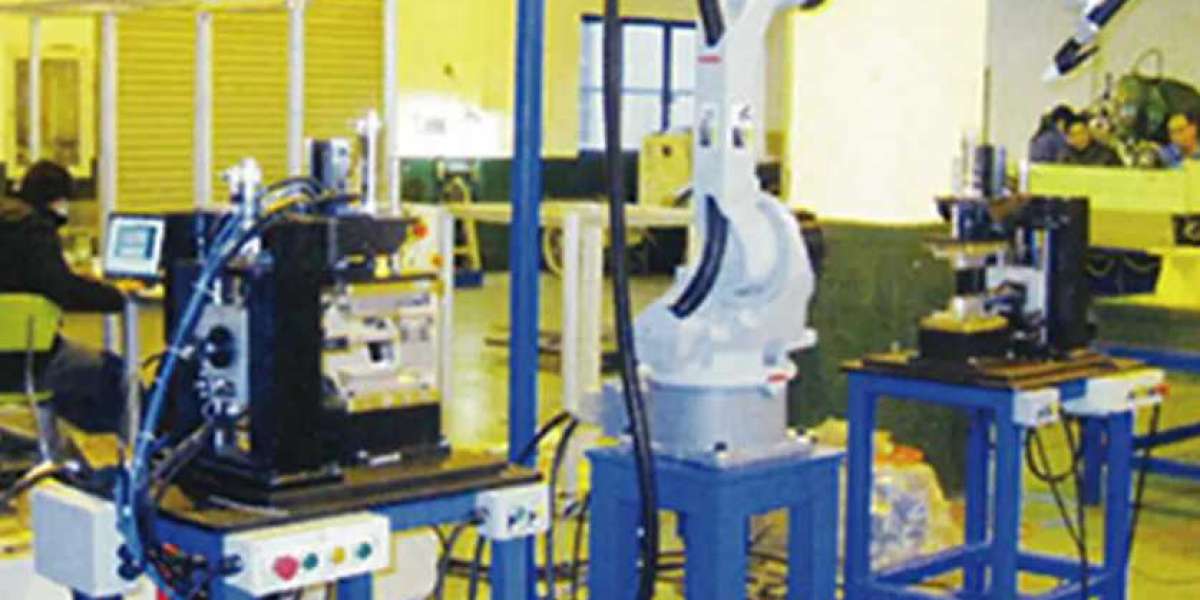Introduction
are highly valued in industries requiring superior electrical conductivity, thermal performance, and resistance to environmental degradation. Unlike standard copper plates, which contain trace amounts of oxygen, oxygen-free copper (OFC) is refined to minimize oxygen content, typically below 0.001%. This purity enhances its resistance to oxidation and corrosion, making it ideal for critical applications in electronics, aerospace, and high-vacuum systems. Understanding the mechanisms behind their corrosion resistance requires an examination of material composition, environmental interactions, and protective surface behaviors.
The Role of Oxygen Content in Copper Corrosion
Standard copper plates contain small amounts of oxygen, which can form copper oxide (Cu₂O) when exposed to moisture and air. This oxide layer, while somewhat protective, can further react with sulfur and chlorine compounds, leading to tarnishing and gradual degradation. In contrast, oxygen-free copper plates are manufactured using processes like electrolytic refining or vacuum melting to eliminate oxygen almost entirely. The absence of oxygen prevents the formation of internal oxides, reducing the likelihood of microstructural defects that accelerate corrosion.
The high purity of oxygen-free copper plates also means fewer impurities such as sulfur, phosphorus, and iron, which can act as initiation sites for corrosion. By minimizing these reactive elements, the material maintains a more stable surface when exposed to harsh environments.
Surface Stability and Passive Film Formation
Like all copper alloys, oxygen-free copper plates develop a natural patina over time when exposed to the atmosphere. However, the rate and nature of this patina differ due to the material’s purity. A thin layer of copper oxide forms initially, but without internal oxygen inclusions, this layer remains more uniform and adherent. In mildly corrosive environments, this passive film acts as a barrier, slowing further oxidation.
In applications where exposure to moisture, salt, or industrial pollutants is a concern, oxygen-free copper plates exhibit slower degradation compared to standard copper. The lack of grain boundary oxidation—common in oxygen-bearing copper—further enhances their longevity. Additionally, in high-temperature or vacuum environments, oxygen-free copper resists scaling and embrittlement, making it suitable for semiconductor manufacturing and high-performance electrical systems.
Comparison with Other High-Purity Copper Alloys
While oxygen-free copper plates offer excellent corrosion resistance, other high-conductivity copper materials, such as tough-pitch copper and phosphorus-deoxidized copper, are sometimes used in similar applications. The key differences lie in their corrosion behaviors:
| Material | Oxygen Content | Corrosion Resistance | Primary Applications |
|---|---|---|---|
| Oxygen-Free Copper | 0.001% | Excellent | High-frequency electronics, superconductors |
| Tough-Pitch Copper | ~0.02–0.04% | Moderate | Electrical wiring, power transmission |
| Deoxidized Copper | Trace (with P) | Good | Plumbing, heat exchangers |
Oxygen-free copper plates outperform these alternatives in environments where long-term stability and minimal electrical resistance are critical. However, in applications where mechanical strength is prioritized over purity, deoxidized or alloyed copper may be preferred.
Environmental Factors Affecting Corrosion Resistance
The corrosion resistance of oxygen-free copper plates is influenced by several external factors:
- Humidity and Moisture: While copper is inherently resistant to water-induced corrosion, prolonged exposure to high humidity can still lead to surface oxidation. Oxygen-free copper plates, however, exhibit slower oxide growth due to their purity.
- Chemical Exposure: Industrial atmospheres containing sulfur dioxide (SO₂) or hydrogen sulfide (H₂S) can cause tarnishing. The absence of oxygen reduces the likelihood of sulfide-induced corrosion.
- Temperature Effects: At elevated temperatures, standard copper may undergo accelerated oxidation, whereas oxygen-free copper maintains structural integrity longer due to fewer internal defects.
Proper storage and handling can further mitigate corrosion risks. For instance, storing oxygen-free copper plates in dry, inert atmospheres or applying thin protective coatings can extend their service life in aggressive environments.
Applications Benefiting from Corrosion Resistance
The superior corrosion resistance of oxygen-free copper plates makes them indispensable in several high-performance fields:
- Electronics and Telecommunications: Used in circuit boards, waveguides, and RF components where signal loss due to surface oxidation must be minimized.
- Aerospace and Vacuum Systems: Employed in satellite components and particle accelerators where outgassing and material degradation are critical concerns.
- Cryogenic Systems: Retains ductility and conductivity at extremely low temperatures, unlike oxygen-bearing copper, which may become brittle.
Conclusion
Oxygen-free copper plates resist oxidation and corrosion more effectively than standard copper due to their ultra-low oxygen content and high purity. The absence of internal oxides and impurities prevents localized corrosion, while the formation of a stable passive film enhances long-term durability. While environmental factors such as humidity and chemical exposure still play a role, oxygen-free copper’s inherent stability makes it the material of choice for demanding applications where reliability and performance cannot be compromised. By understanding these properties, engineers and manufacturers can select the appropriate copper grade for their specific needs, ensuring optimal performance and longevity.













